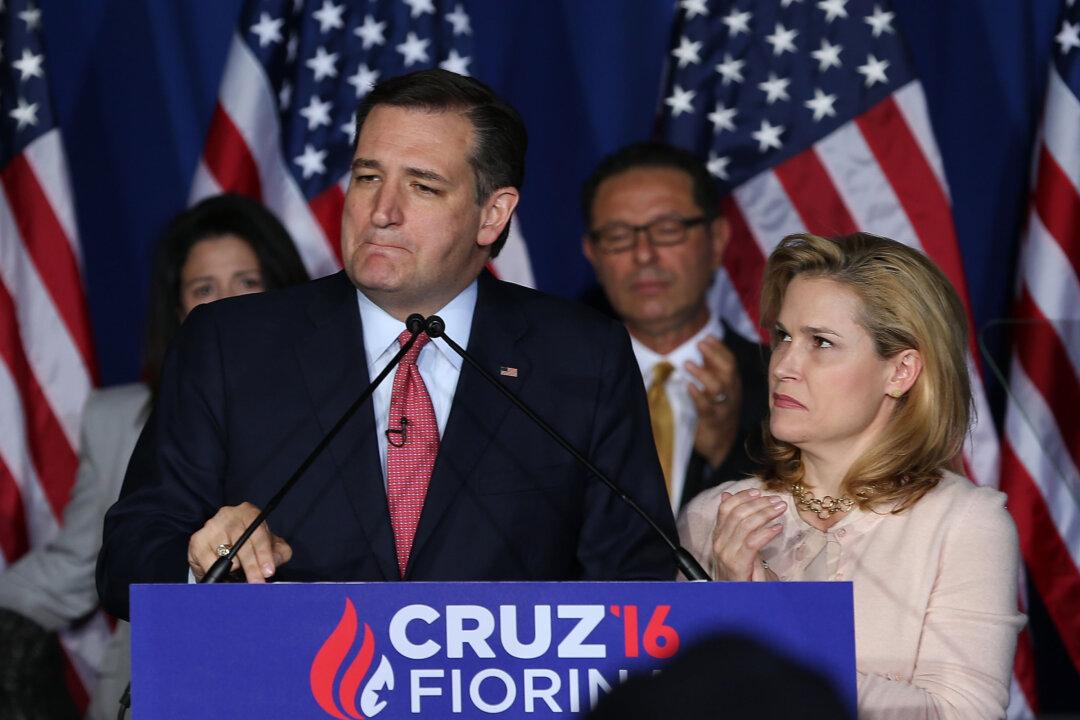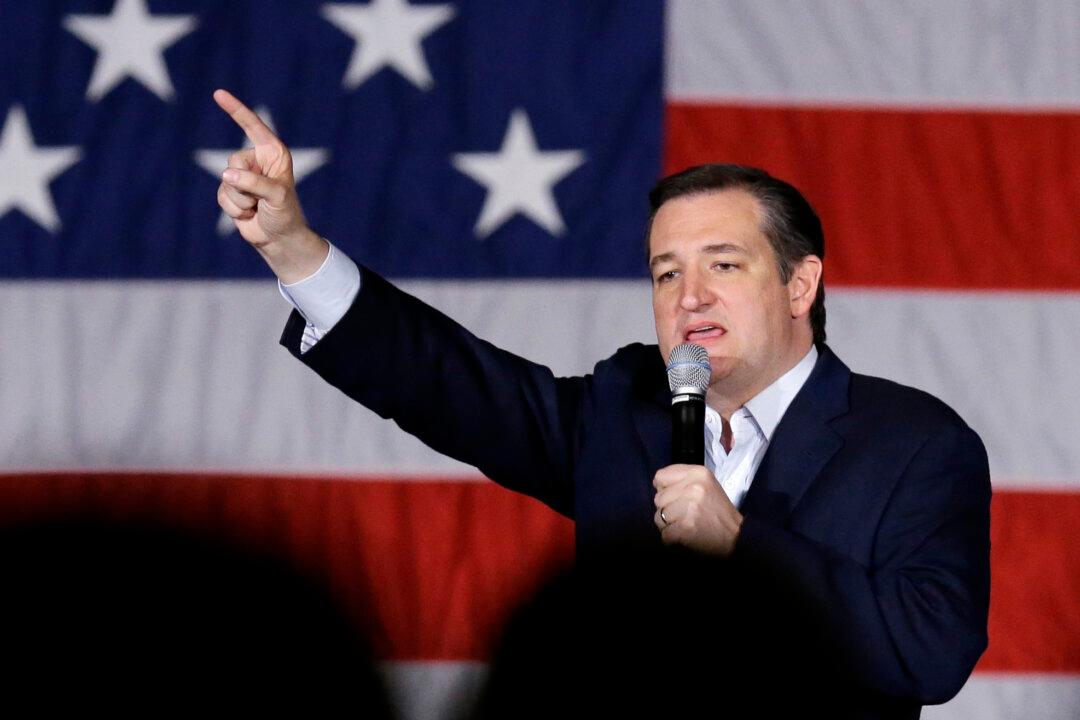Tuesday, April 19, Donald Trump won over 60 percent of the vote in his home state of New York. John Kasich was a very distant second with 25 percent, and Ted Cruz third with under 15 percent. Trump’s massive vote majority gave him all 14 statewide delegates, and he also won 23 of the 27 Congressional Districts (CDs) with majorities, giving him all three delegates in each CD in which he won a majority. As a result, Trump is likely to win 90 of 95 New York delegates, with 5 for Kasich.
Trump now has 848 delegates, to 558 for Cruz and 150 for Kasich. Trump has 47.2 percent of all delegates allocated so far, and needs 63 percent of remaining pledged delegates to reach a majority (1,237) on only pledged delegates. Though this 63 percent target is high, it was 67 percent before New York.




